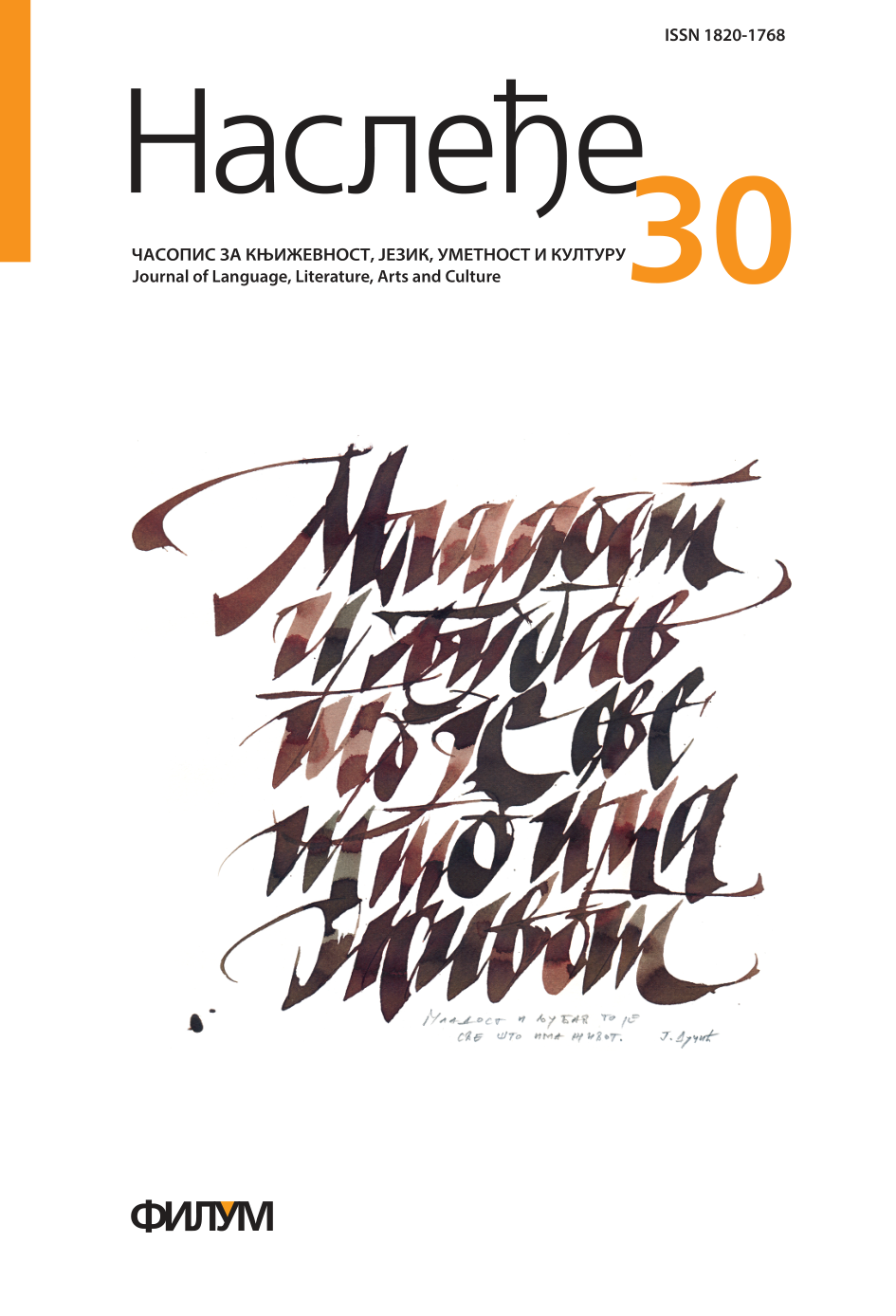THE IMPORTANCE OF NON-VERBAL COMMUNICATIVE SIGNS IN THE CREATION OF GODD WORKING AMBIENCE IN THE CLASROOM
Keywords:
non-verbal communication, classroom, working ambience, pedagogical communication, paralinguistic, extra linguisticAbstract
Communication as a phenomenon is both a determinant and a result of communicative acts and the basis of any social interaction and consequently the teaching process. Communication in the classroom is the synthesis of verbal and non-verbal interaction. To realize curricula and syllabi it is necessary to create positive working ambience in the classroom, which means to motivate students, include them in the teaching process and build the confidence between the students and the teacher, thus maintaining discipline and attention on lessons. A teacher is the most responsible for the achievement of the stated aims. The aim of this paper is to point to the effect of non-verbal communicative signs in the creation of positive work ambience in the classroom through non-verbal behavior of both teacher and students. The paper exploits the effects of consciously and unconsciously emitted messages on building good interrelations among the constituents of teaching process as a basis for achievement good, positive atmosphere in the classroom. The author explained non-verbal communicative signs through their division into paralinguistic and extra linguistic as subgroups. The paper analyzes non-verbal messages which both contribute to and disturb the creation of positive working ambience. Non-verbal interaction between the teacher and students is discussed from the viewpoint of characteristic pedagogic communication defined by the division of social roles.
References
Vujačić, Stanišić 2007: M. Vujačić, J. Stanišić, Kreiranje pozitivne klime u školi, Beograd: Pedagogija, vol. 62, br. 3, Beograd: Institut za pedagoška istraživanja, 424-432.
Galovej 1976: C. Galloway, Silent language in the classroom, Blooming, Indiana: The Phi Delta Kappa Educational Foundation
Jovanović 2004: B. Jovanović, Pedagoško komuniciranje, u: Komunikacija i mediji u savremenoj nastavi, zbornik radova, Jagodina: Učiteljski fakultet, 266-279.
Joksimović, Maksić 2006: S. Joksimović, S. Maksić, Obrazovanje za demokratiju u školskom kontekstu, Beograd: Pedagogija, vol. 61, br. 4, Beograd: Institut za pedagoška istraživanja, 441-452.
Miletić 2008: M. Miletić, Resetovanje stvarnosti, Novi Sad: Protokol.
Moris 1979: D. Moris, Otkrivanje čoveka, Beograd: Jugoslavija.
Nil 1994: Š. Nil, Neverbalna komunikacija u razredu, Zagreb: Eduka.
Radojković, Miletić 2005: M. Radojković, M. Miletić, Komuniciranje, mediji i društvo, Novi Sad: Stilos.
Rot 2010: N. Rot, Znakovi i značenja, Beograd: Zavod za udžbenike i nastavna sredstva.
Rou 1974: M. B. Rowe, Wait time and reward as instructional variables; their influence on language, logic and fate control, Hoboken: Journal of Research in Science Teaching, vol. 11, issue. 2, Hoboken: John Wiley & Sons, Inc., 81-94.
Tabs 2013: S. Tabs, Komunikacija − principi i konteksti, Beograd: Klio.
Ševkušić 1995: S. Ševkušić, Principi efikasne komunikacije u nastavi, Beograd: Nastava i vaspitanje, vol. 44, br. 1-2, Beograd: Institut za pedagoška istraživanja, 152-162.
Štajn (2013): A. Štajn, Tumačenje književnog lika u nižim razredima osnovne škole, master rad, Jagodina: Pedagoški fakultet.






